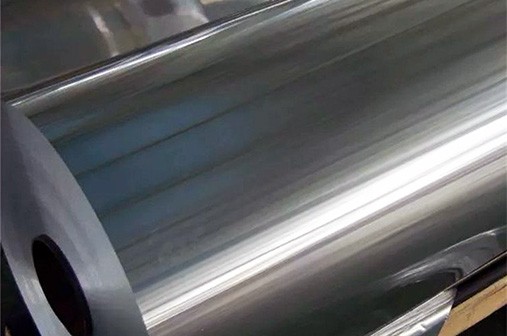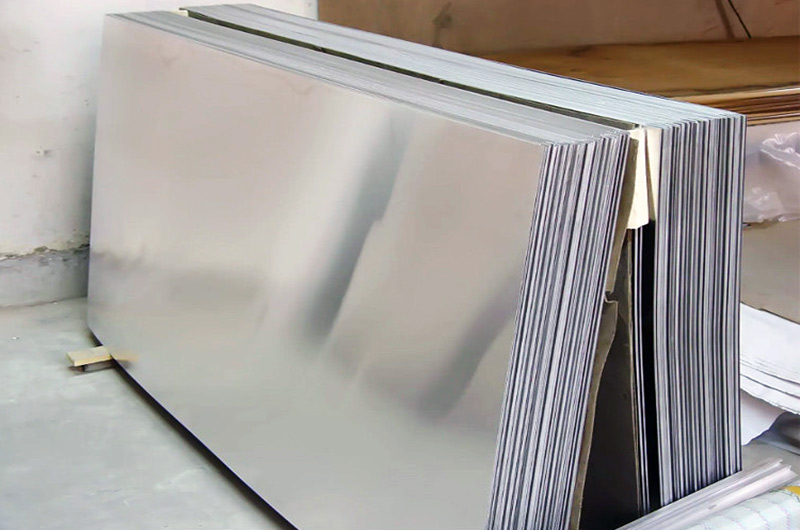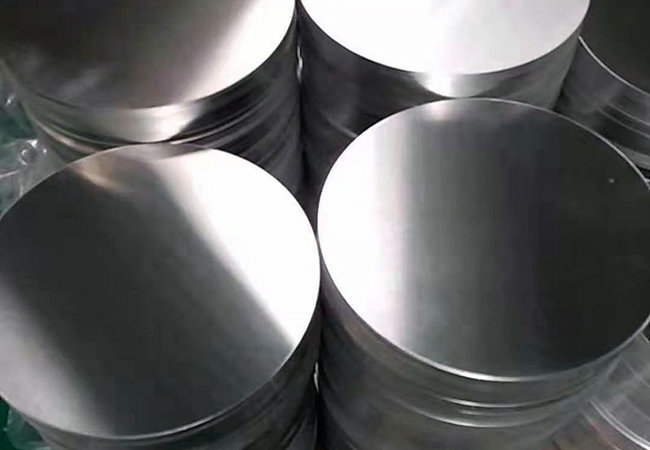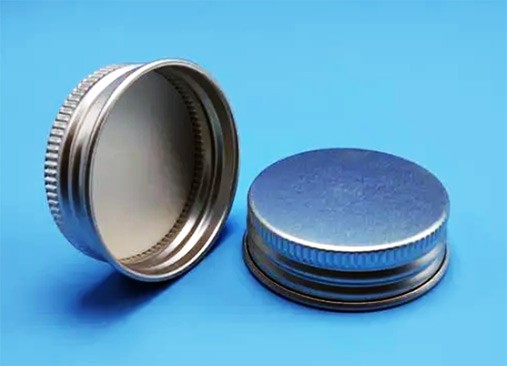- Can I Use Aluminum Foil instead of Baking Sheet?
- Best Uses for Aluminum Foil in the Kitchen
- Aluminum Foil in the Kitchen How to Choose?
- When Not to Use Aluminum Foil in the Kitchen
- Tin Foil instead of a Baking Sheet?
Can I Use Aluminum Foil instead of Baking Sheet?
Answer
No, it is not recommended to use aluminum foil in place of a baking sheet when baking or roasting in the oven, especially for heavier or greasy foods.
Reason
While aluminum foil can withstand high heat, it's not as stable and durable as a bakeware, which can cause uneven cooking or the foil tearing or bending under the weight of the food.
Aluminum foil doesn't have the same nonstick properties as a bakeware, which can cause your food to stick and make cleanup more difficult.
Solution
If you don't have a baking sheet on hand, you can use the following instead :
oven safe dish or pan instead
Line a baking sheet with parchment paper or a silicone mat to prevent food from sticking and make cleanup easier.
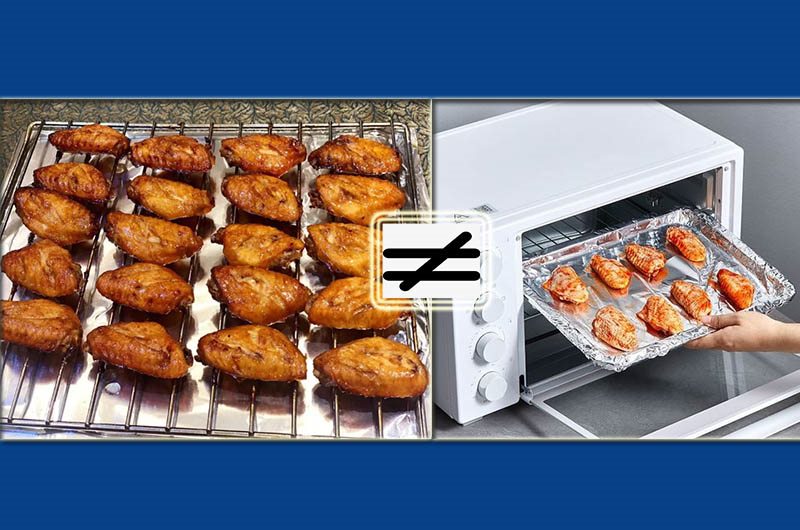
Best Uses for Aluminum Foil in the Kitchen
Aluminum foil is a versatile and useful material in the kitchen. Here are some of the best uses for aluminum foil :
Cooking
Aluminum foil can be used to cook food in the oven, grill, or over a campfire. It can be made into packets to cook vegetables, fish or chicken, or used to cover pans or griddles to prevent splatters or spills.
Store Food
Aluminum foil is ideal for wrapping and storing food because it helps keep it fresh and prevents it from drying out. It can be used to wrap sandwiches, cover leftovers, or wrap portions of food for later use.
Bake
Aluminum foil can be used to line bakeware or pans to create a nonstick surface, or to cover baked goods to keep them from browning too much.
Barbecue
Aluminum foil can be used to create a temporary grilling surface by placing it over the grill's grates. This is especially useful for cooking delicate foods like fish or small vegetables that might fall through the grate.
Clean
Aluminum foil can be rolled up and used to scrub pans or grills to remove stuck-on food or grease. It can also be used to line the bottom of the oven to catch spills or drips during cooking.
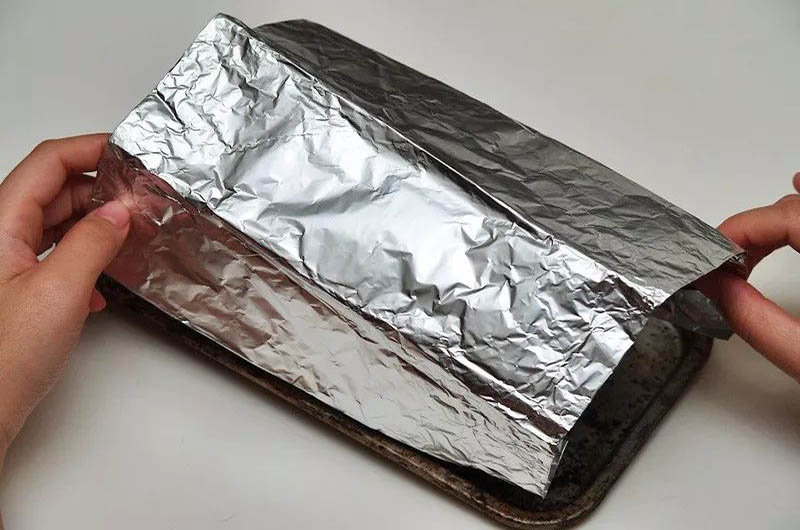
Aluminum Foil in the Kitchen How to Choose?
Aluminum foil for meals and kitchens can vary in thickness, alloy, and condition, depending on the application. Here is a breakdown of some common types of aluminum foil used in the kitchen :
Standard Kitchen Foil
Standard kitchen foil is suitable for general cooking and baking purposes, such as wrapping food to keep it fresh or covering dishes to prevent splatter.
- Thickness : 0.016 - 0.024mm
- Alloy : AA 8011, this alloy is soft and elastic with high elongation properties for easy forming and folding.
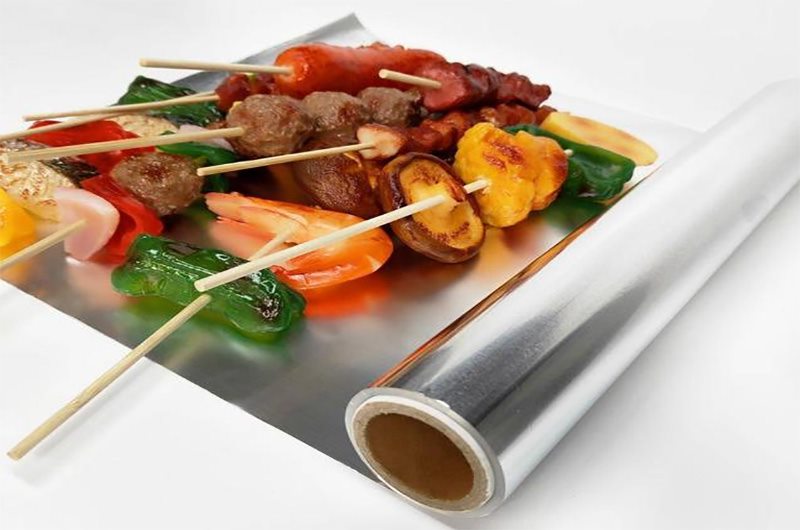
Heavy Duty Kitchen Foil
Heavy Duty Kitchen Foil is thicker than standard kitchen foil, it is made from a slightly stronger alloy than standard foil, and is suitable for heavier cooking tasks such as grilling or baking.
- Thickness : 0.03 - 0.04mm
- Alloys : such as AA 3003, which contain traces of manganese for greater strength and durability. The temper of the alloy may be semi-hard to provide increased strength.
Non-stick Foil
- One side of the nonstick foil has a special coating that prevents sticking. It is usually the same thickness as a standard kitchen foil and is made of pure aluminum alloy.
- Non-stick foil : Non-stick foil is usually made from the same alloy as standard kitchen foil, AA 8011 in its soft state. However, it has a special coating on one side to prevent sticking.
Pop-Up Aluminum Foil
Pop-up foil is pre-cut foil that comes right out of the box, pop-up foil is convenient for wrapping sandwiches, covering leftovers, or lining a baking sheet.
- Thickness : Usually the same thickness as standard kitchen aluminum foil
- Alloy : AA 8011 in soft state
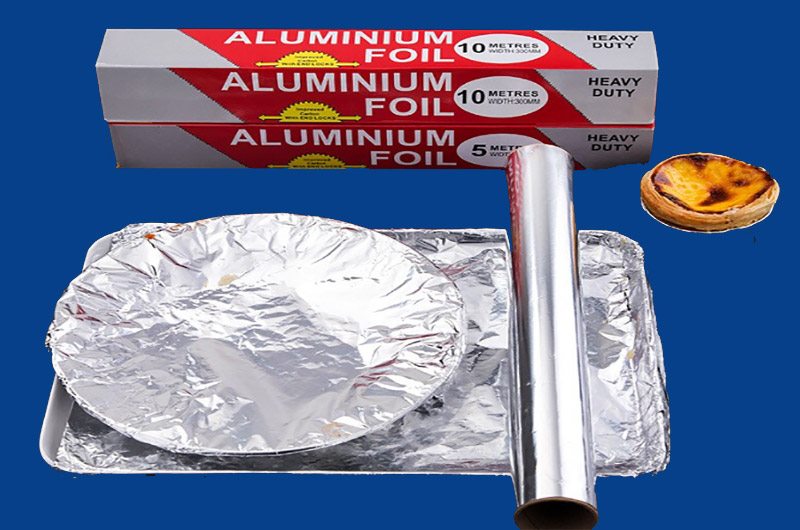
Aluminum Foil Container
Aluminum foil containers are made from thicker foil than standard kitchen foil and are designed for use in the oven. Aluminum foil containers are great for baking, roasting, and storing food.
Foil Containers : Foil containers are typically made from alloys such as AA 3003 or AA 8011, with trace amounts of other metals added for strength and durability. The state of the alloy may be semi-hard or difficult to withstand the heat and pressure of cooking.
When Not to Use Aluminum Foil in the Kitchen
While aluminum foil is a useful material in the kitchen, there are certain situations where it's best to avoid it. Here are some situations when you should not use aluminum foil in the kitchen :
- Acidic or spicy foods : Aluminum foil can react with acidic or spicy foods, causing the foil to leach into the food. This can change the taste of food and may pose health risks.
- High Heat Cooking : When exposed to high heat, aluminum foil breaks down and releases aluminum into food. This is especially true when cooking with acidic foods or spices. Heat-resistant materials such as stainless steel or cast iron are best when using high-temperature cooking methods such as broiling or grilling.
- In the microwave : Aluminum foil can create sparks in the microwave, which can damage the equipment and create a fire hazard. When reheating food in the microwave, it is best to use microwave-safe containers.
- Using nonstick pans : When using nonstick pans, it is best to avoid aluminum foil as it can scratch the nonstick surface and reduce its effectiveness.
- For long-term storage : Aluminum foil is not airtight, allowing air and moisture to seep in over time. For long-term food storage, airtight containers made of glass or plastic are best.
When using aluminum foil in the kitchen, it is important to be aware of the potential risks and use it with caution. Avoid using aluminum foil with acidic or spicy foods, high-heat cooking methods, or nonstick pans.
What Can I use if I don't have a Baking Sheet?
If you don't have a baking sheet, there are a number of alternative ways you can bake food in the oven :
- Use a baking dish : A baking dish can be used in place of a baking dish to bake a variety of foods, such as casseroles, roasted vegetables, or baked pasta. You can also use a glass baking dish, which can be heated at high temperature without deformation.
- Use a pizza stone : A pizza stone can be used for baking bread, pizza, and other foods that require a flat surface. Place the food directly on the stone and bake as directed.
- Use an oven-safe skillet : Oven-safe skillets, such as cast iron, can be used to cook and bake foods in the oven. Just place food in the skillet and bake as directed.
- Use muffin tins or cupcake tins : Muffin tins and cupcake tins can be used to bake individual portions of treats, such as mini quiches, muffins, or cupcakes.
- Use parchment paper : If you don't have a baking sheet or a substitute, you can use parchment paper to create a nonstick surface for baking. Place food on parchment paper and bake as directed.
When using these substitutions, be sure to follow the directions for the specific recipe and adjust the cooking time or temperature if necessary.
Tin Foil instead of a Baking Sheet?
While you can use tin foil as a makeshift baking sheet in a pinch, it's generally not recommended as a long-term solution. Here are a few reasons :
- Uneven distribution of heat : Tin foil is not a good conductor of heat, which means it does not distribute heat evenly across the surface of the food. This can result in uneven cooking or baking, with some parts of the food being overcooked and others undercooked.
- Risk of tearing : Foil is a thin, fragile material that can tear easily, especially when used for baking heavy or bulky items. This can cause a mess in the oven and possibly ruin food.
- Potential Health Risk : When exposed to high heat, tinfoil can leach chemicals into food, posing a health risk. While small amounts of tin are generally considered safe, it's best to avoid using tin foil as a baking pan for extended periods of time.
If you don't have a griddle, it's best to use one of the substitutes I mentioned earlier, such as a griddle, pizza stone, or oven-safe skillet. If none of these are available, you can use parchment paper to create a non-stick surface for baking.

